
One of the primary questions that beginner photographers have about aperture is simply what aperture to use.
And while there are often choruses of "shoot wide for portraits" and "close the aperture down for landscapes," it's not as clear-cut as that.
In the video above, Matt Granger offers up a few aperture tips that go beyond the simple statements above.
Instead, he outlines a few aperture examples to help you understand how to get the best results in your photos.
For an outline of Matt's tips, check out the article below.
A Quick Refresher on Aperture
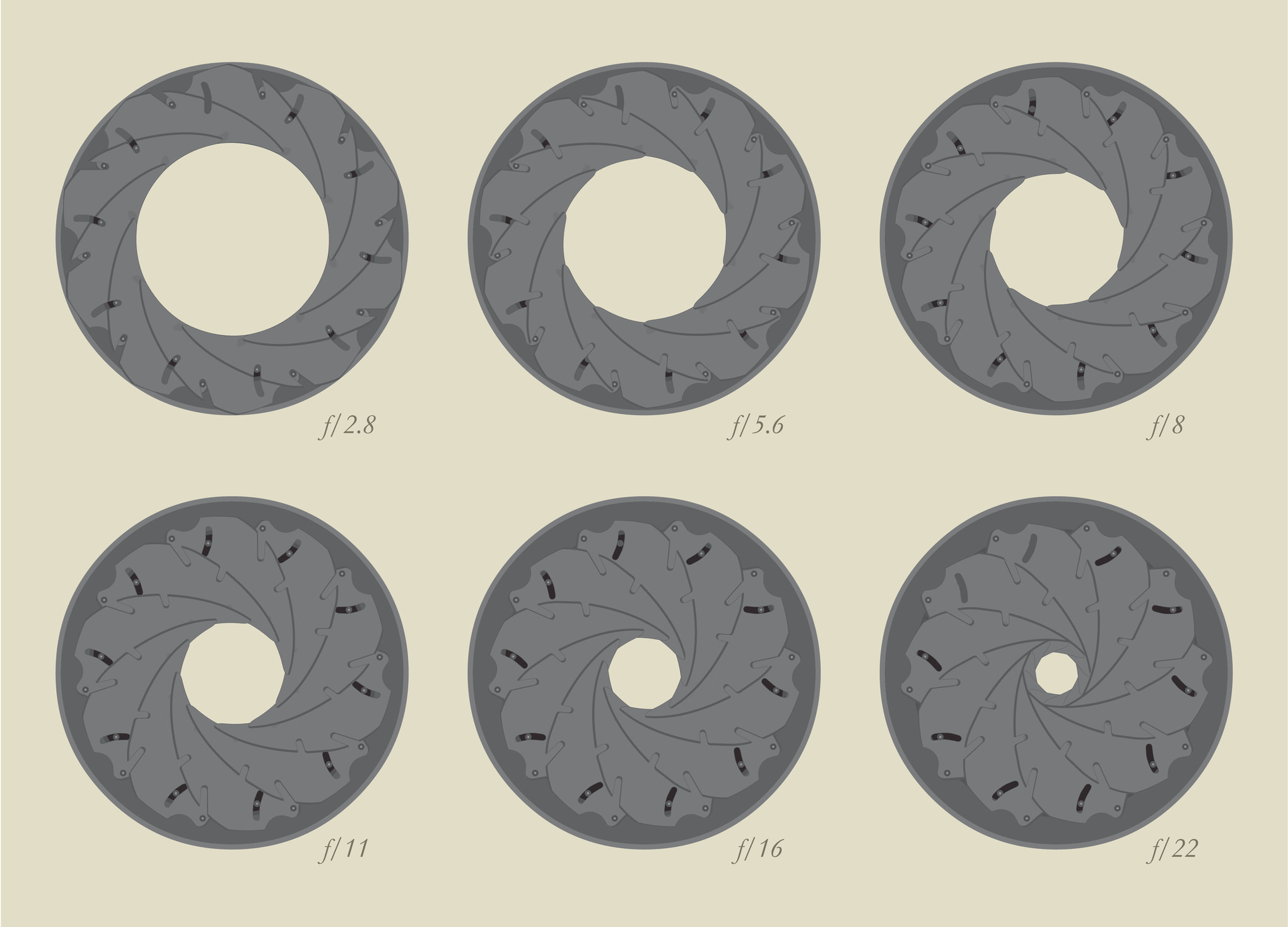
Aperture is responsible for controlling the amount of light that enters the lens, and therefore hits the camera sensor.
A very large aperture opening lets in lots of light; a very small aperture opening lets in much less light.
Aperture is measured in f-stops, which indicate how large or small the aperture opening is.
What confuses many beginners is that the size of the aperture is inversely related to its number, so a small f-stop number (i.e., f/2) is actually a very large aperture opening. Likewise, a large f-stop number (i.e., f/22) is actually a very small aperture opening.
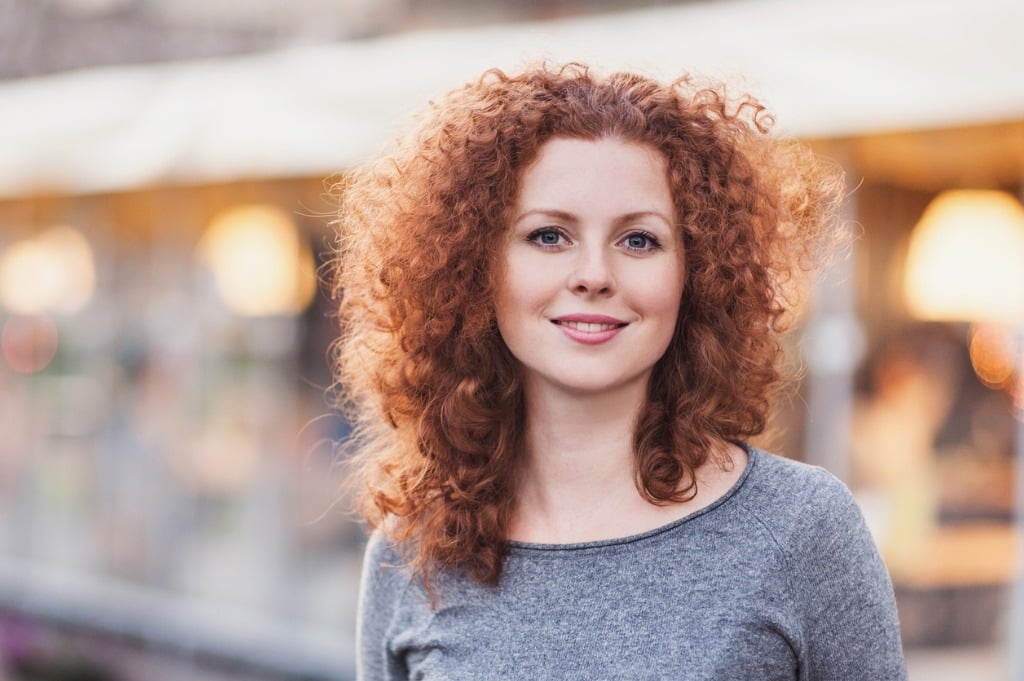
In addition to controlling the amount of light that enters the camera, aperture is also one of the factors that influence the depth of field of a shot, or the area of the image that's in sharp focus.
A large aperture (i.e., f/2) generates a very shallow depth of field while a small aperture (i.e., f/22) generates a very large depth of field.
That's why portraits (like the one above) are often shot with a large aperture opening (to blur the background behind the subject) and landscapes are shot with a smaller aperture opening (to maintain a large depth of field).
But as noted in the introduction, getting the best results means that you can't always just use a large aperture for portraits and a small aperture for landscapes.
Aperture Examples: Portraits and Depth of Field
 YouTube Screenshot/Matt Granger
YouTube Screenshot/Matt Granger
As Matt points out in the video, when shooting portraits at a very, very large aperture (like f/1.8), there is a very shallow depth of field.
In the screenshot above, you can see how the plane of focus is very narrow on the man's left eye.
Looking closely you can see how his right eye is slightly out of focus, and further back his left ear is completely out of focus.
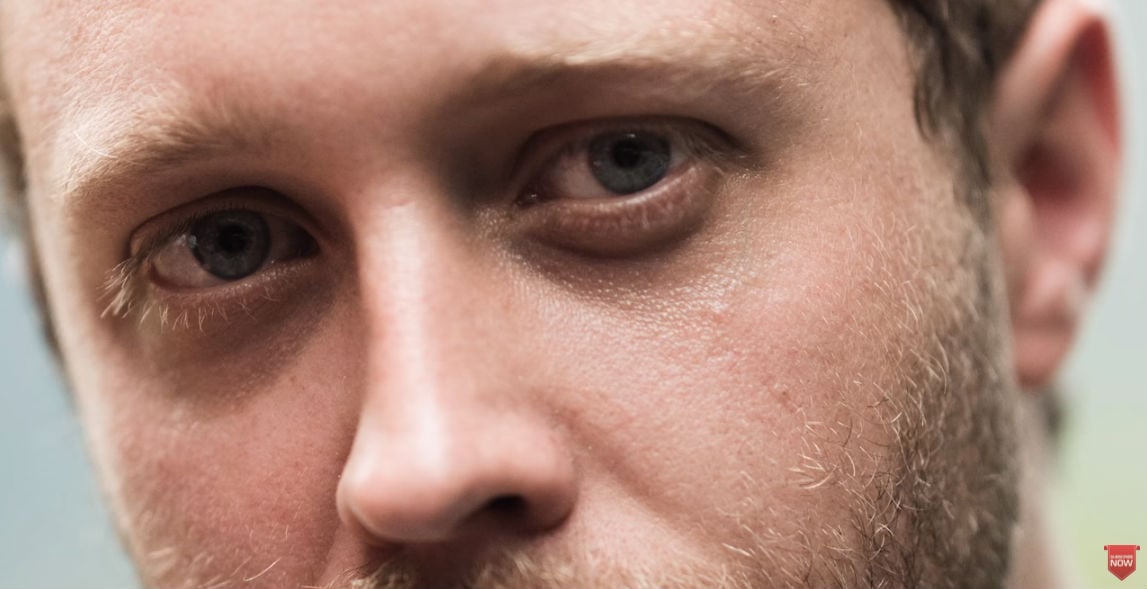 YouTube Screenshot/Matt Granger
YouTube Screenshot/Matt Granger
And while it's a perfectly fine portrait, if you wanted both of the man's eyes to be sharply focused, you'd need to use a smaller aperture to increase the depth of field.
In the video, Matt notes that for very tight headshots like this one, he regularly shoots at f/5.6 and f/8, which gives him enough depth of field to keep the subject's entire face nice and sharp without sacrificing the nice blurry background that's so beautiful for portraits.
Aperture Examples: Landscapes and Depth of Field
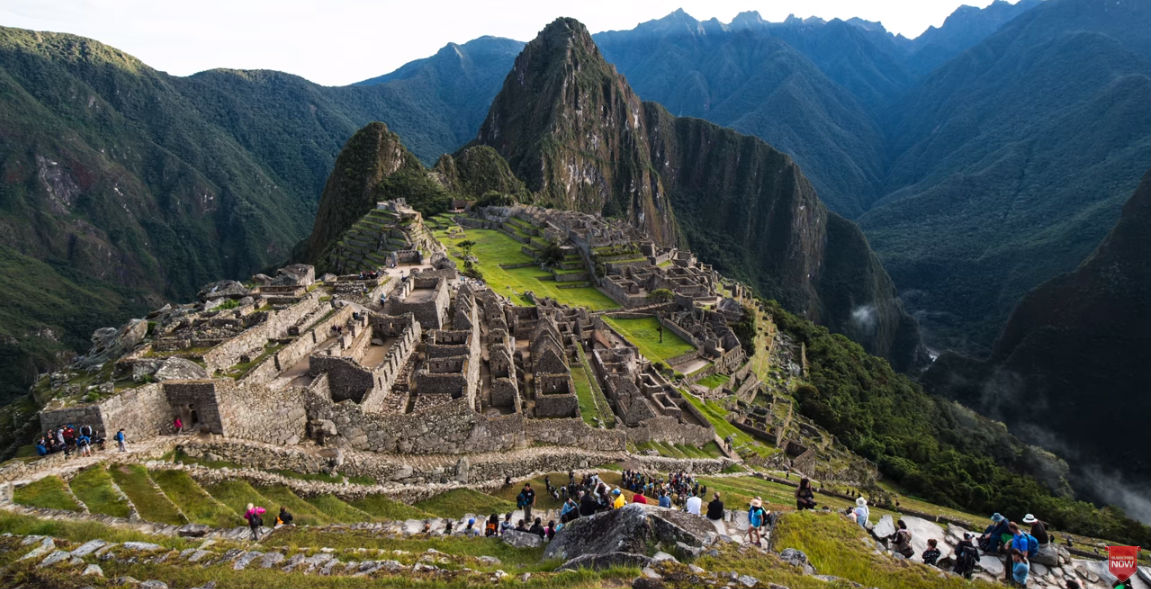 YouTube Screenshot/Matt Granger
YouTube Screenshot/Matt Granger
Conventional wisdom tells us that when shooting landscapes to close down the aperture to maximize the depth of field.
And if you're photographing a landscape that has features that range from a few feet in front of you (like rock features or plant life) to miles and miles away (like a mountain range), then, yes, you'll need a small aperture to get the depth of field you desire.
However, if there isn't anything immediately in front of you, you can use a much wider aperture and still get a solid depth of field.
In the screenshot above, for example, Matt took the photo at f/1.4.
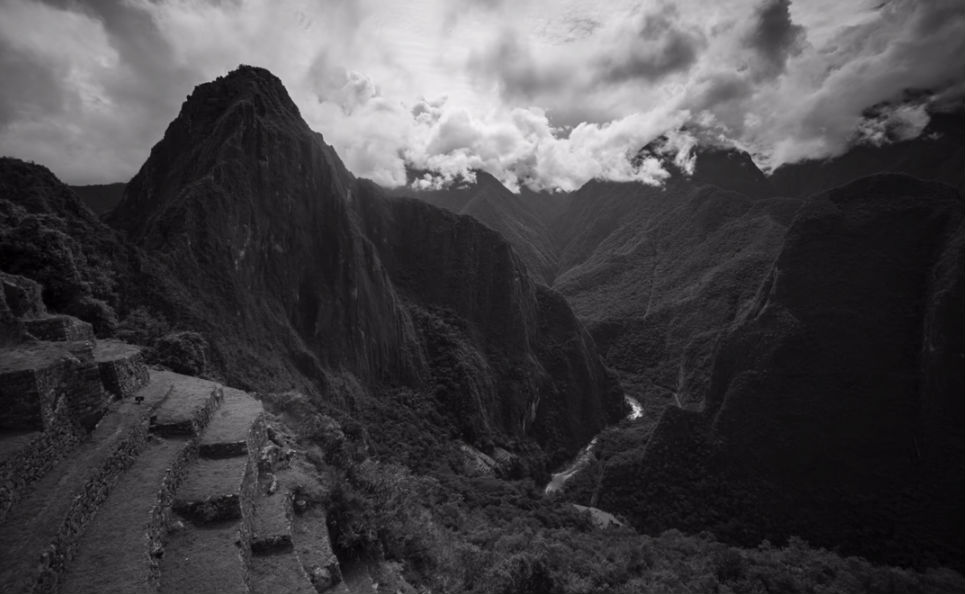 YouTube Screenshot/Matt Granger
YouTube Screenshot/Matt Granger
In this example, Matt again used an aperture of f/1.4.
Examining both photos, you can see that everything is in sharp focus, even though a very large aperture was used.
The reason for that is that aperture is just one factor that influences the depth of field.
The distance from the camera to the focus point as well as the distance from the focus point to the background also influence depth of field.
And since there was nothing particularly close to the lens in either shot, that helped maintain good sharpness throughout despite the small aperture.
What Aperture to Use?
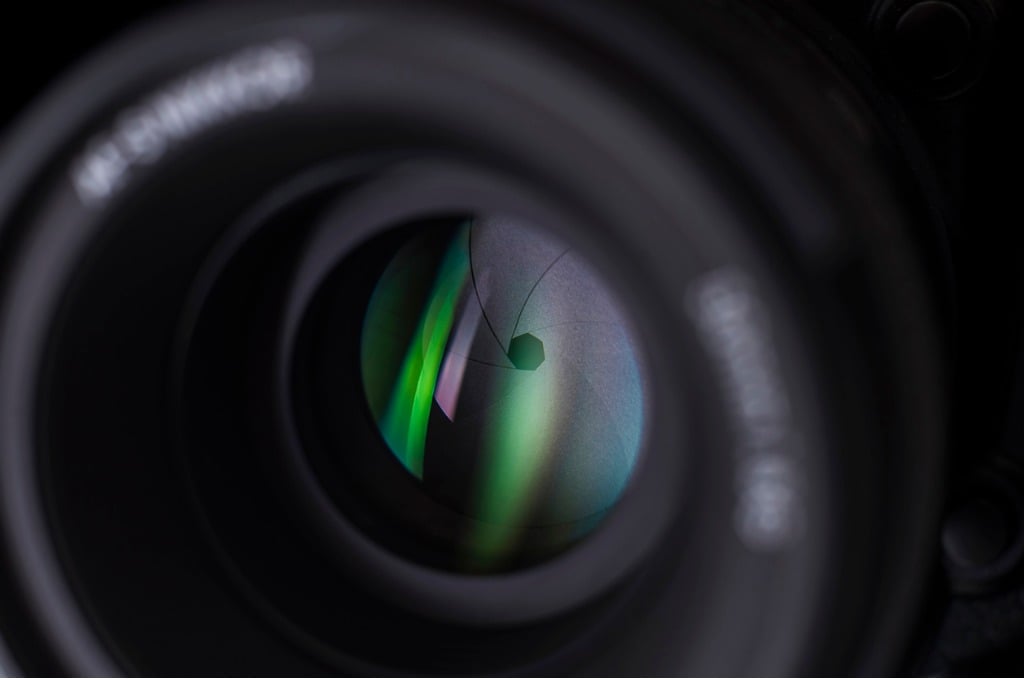
So, to circle back to the original question of what aperture to use, the answer is this - shoot in the middle.
By that, I mean avoid shooting at the lens's largest and smallest apertures.
Only the very best lenses offer excellent sharpness when the aperture values are pushed to their minimum and maximum.
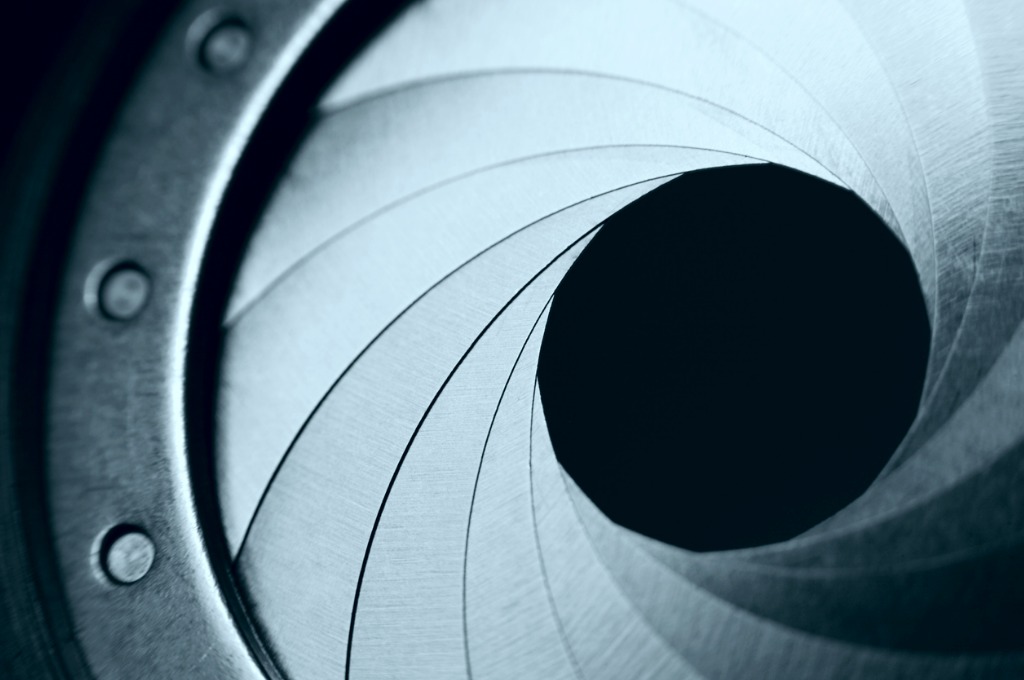
That means that for most shooters, maximizing the results requires you to shoot in the middle of the aperture range, say, f/5.6-f/11.
Most lenses are their sharpest at these aperture values, which is known as the sweet spot.
If you stay within the sweet spot, you can break convention and shoot portraits with smaller apertures and landscapes with larger apertures.
Article By:- Photographytalk.com
No comments:
Post a Comment